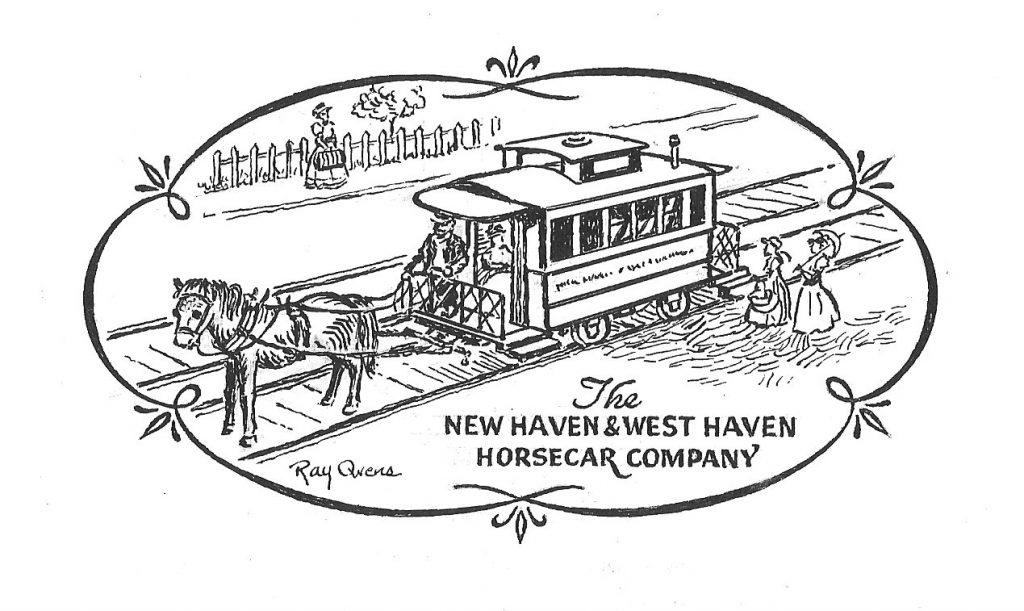
West Haven’s Centennial
Part V
See: Part 1 | Part 2 | Part 3 | Part 4 | Part 6
At the close of the Revolutionary War, many Connecticut communities sought to achieve town privileges, and West Haven was no exception: in 1781, Amity, Woodbridge, North Haven, East Haven and Hamden were petitioning for town status. Unlike its initial efforts to establish a separate parish in the early 1700s, West Haven now discovered that New Haven was much more amenable to this latest request.
By this time, Milford had been fighting proposals to dismember it for some time. What followed in 1822, after years of struggle and debate was the joining of North Milford and West Haven into what would be called the Town of Orange–and thus it would remain for the next 99 years. It should be noted that as early as 1848 the people of Orange already “took into consideration the expediency of dividing said town into two towns.”
By 1873, West Haven had by their persistence become a borough of Orange, and the original Town Hall was built on the present site of our City Hall. The borough was led by a Warden, giving it semi-independent status within the Town of Orange, but taxes were still paid to Orange. The developing split between Orange and West Haven had been inevitable and was now beginning to take place. Orange was largely rural farmland, self-sustained and thinly settled. Meanwhile West Haven was home to a shipyard, two buckle companies, a hacksaw shop, a piano manufacturer, and it was attracting other manufacturing concerns as well. A horsecar company with rail service into the Savin Rock amusement area, Allingtown and New Haven brought laborers quickly to their jobs in the ever-growing array of New Haven factories and stores as well.
The citizens of West Haven had clamored for public goods: paved roads, street lighting, police and fire services—things that Orange was not interested in providing. Struggles over property tax rates had continually stimulated the creation of the separate borough.
Coincidentally, in 1873 the first telegraph line was extended from New Haven to West Haven and on to Oyster River, linking the borough to the outside world. No doubt there were those who marveled at this new development, with its mysterious dots and dashes flashing across the overhead lines and onto the clicking iron-core sounders in the distant telegraph offices. The introduction of electricity and city water was but a few years away. For West Haveners, their world was getting smaller and their lives were becoming more convenient and refined.
Our thanks to Colleen Bailie and the West Haven Public Library for their kind assistance with this story.
-to be continued.